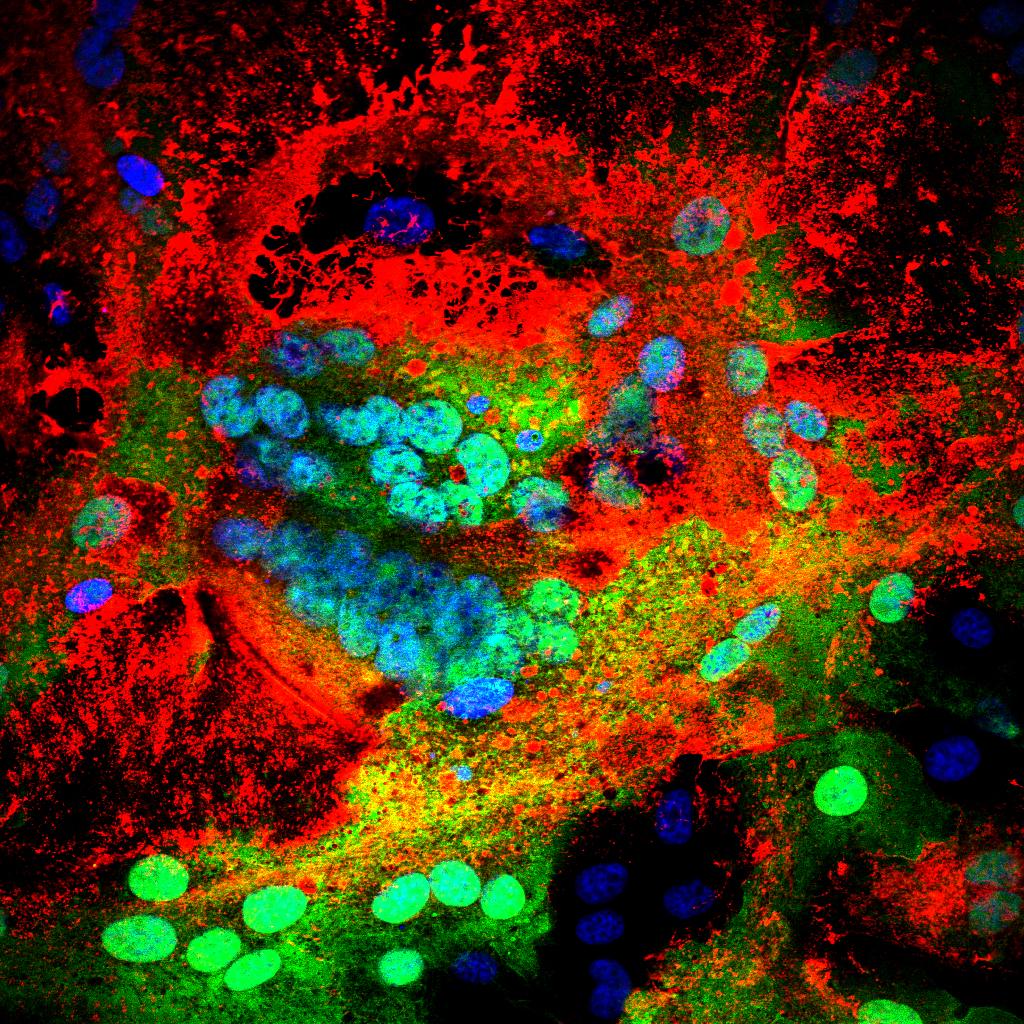Development of nanobodies targeting peste des petits ruminants virus: the prospect in disease diagnosis and therapy
Peste des petits ruminants virus (PPRV) causes a highly devastating disease, peste des petits ruminants (PPR) of sheep and goats, that threatens food security, small ruminant production, and the conservation of wild small ruminants in many developing countries, especially in Africa. Robust serological and molecular diagnostic tools are available to detect PPRV infection, but they were mainly developed for domestic sheep and goats. The presence of a wide host range for PPRV does present serological diagnostic challenges. New innovative diagnostic tools are needed to detect PPRV in atypical hosts (e.g., Camelidae, Suidae, and Bovinae), in wildlife ecosystems and in complex field situations. Interestingly, single-domain antigen binding fragments (nanobodies) derived from heavy-chain-only camelid antibodies have emerged as a new hope in the development of accurate, rapid, and cost-effective diagnostic tools in veterinary and biomedical fields that are suitable for low-income countries. The main objective of this study was to construct an immune nanobody library to retrieve PPRV-reactive nanobodies that enable the development of diagnostic and therapeutic nanobodies in the future. Here, a strategy was developed whereby an alpaca (Vicugna pacos) was immunized with a live attenuated vaccine strain (PPRV/N/75/1) to raise an affinity-matured immune response in the heavy-chain-only antibody classes. The nanobody gene repertoire was engineered in pMECS-GG phagemid, whereby a ccdB gene (encoding a lethal protein) was substituted by the nanobody gene. An immune nanobody library with approximately sixty-four million independent transformants was constructed, of which 100% contained an insert with the proper size of nanobody gene. Following phage display and biopanning, nine nanobodies that specifically recognise completely inactivated PPRV were identified on enzyme-linked immunosorbent assay. They showed superb potency in rapidly identifying PPRV, which is likely to open a new perspective in the diagnosis and possible treatment of PPR infection.
